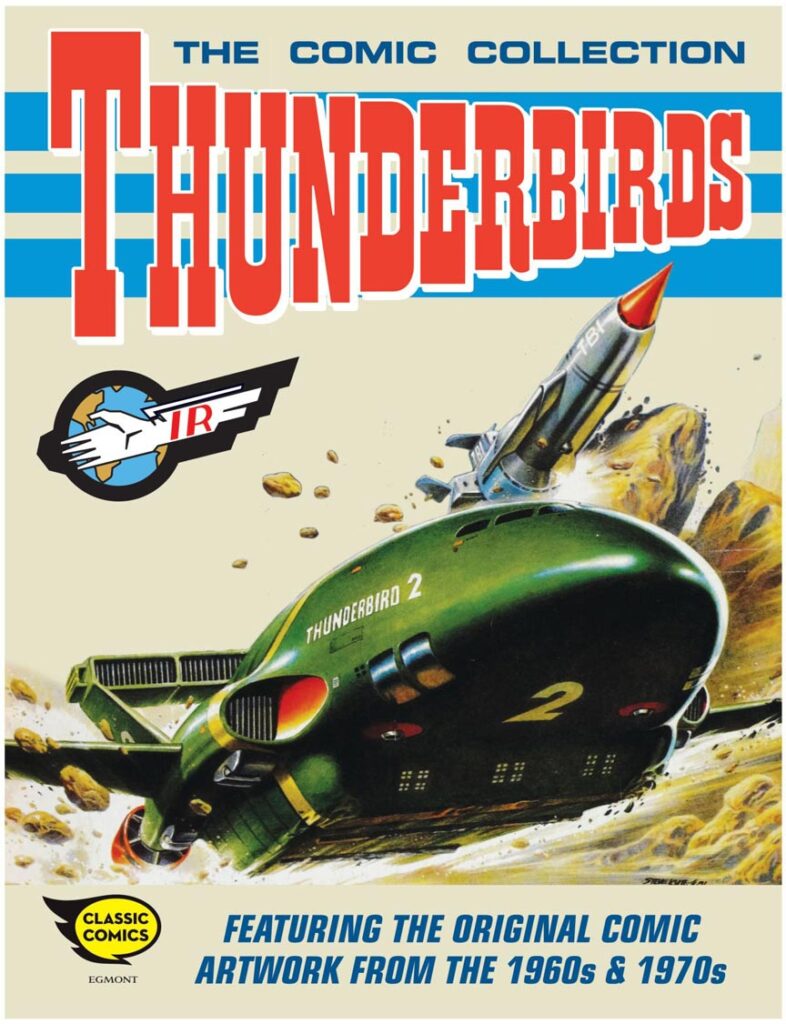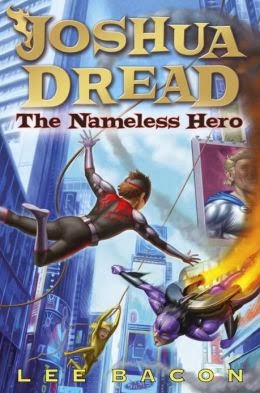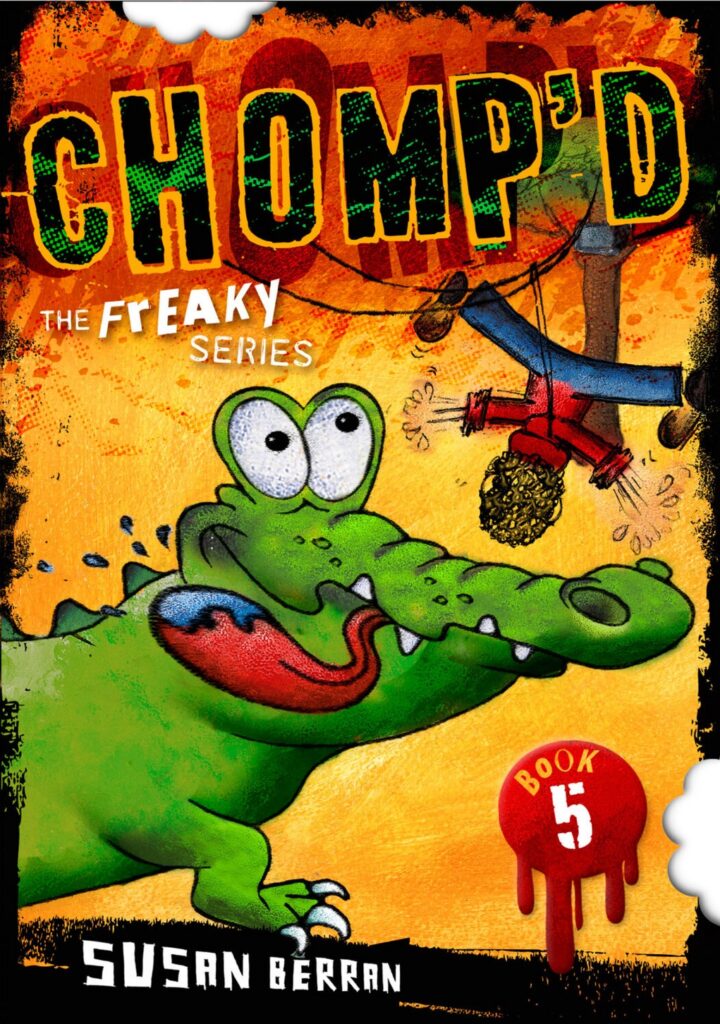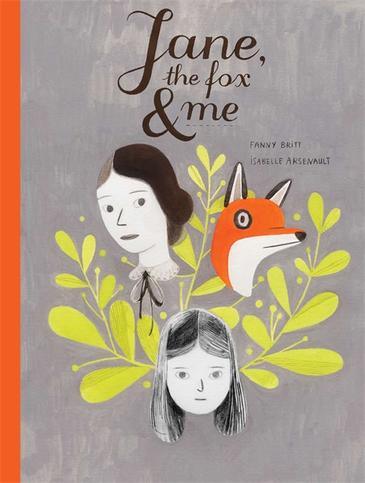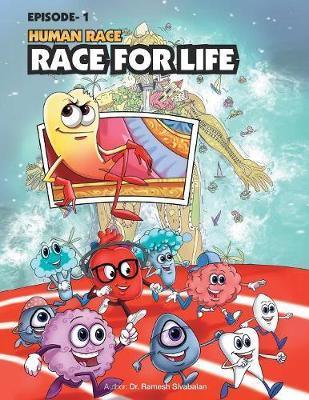
Dr. Ramesh Sivabalan, (text), Sabu Sarasan (illus.), The Human Race series, Episodes 1 – 8, Race For Life, Langdon Turns Yellow,Chewnai Baking, How Lazy got his Name, Emergency Response, I’m Always Sad, Candy Town and Fizzy Springs,Keeping Hip Hop Clean, Balboa Press, June 2017, 24pp., $26.99 ea, pp. ISBN: Book 1 – 9781504309059
Fascination with the human body begins at an early age; using song and rhyme, fact and fiction with a little bit of ‘gross’ thrown in. Writers and illustrators continue to explore new and interesting ways to encourage young children to learn about their bodies.
Inspired by his own children, Dr. Ramesh Sivabalan, a qualified dentist, has produced a series of comic books to help young children understand the human body. Unlike many books of this genre, Sivabalan makes use of allegory to explore the body and how it best functions. DJ Heartbeat and his buddies Brainiac, Leftie and Rightie, the Twin Eyes, Lazy and Patch, along with the Lung Brothers, Bronchi and Oles as well as Molar and Premolar, live happily on the island of Hip Hop (shaped like the human body) fulfilling their allotted roles. Harmony reigns until an evil villain inevitably causes strife and then the wise Sir Rabellum must be consulted to put things right.
Sarasan’s illustrations effectively extend and support the text making it easier for young children to navigate the ideas being explored however the books do require an adult to effectively be able to clarify ideas and language as well as connect the characters with body functions. Although young children like repetition and predictability, a more varied narrative formula would have added greater excitement and interest to a topic that will always be one of mystery and intrigue for the very young. Recommended for readers 3 – 6 years.
Reviewed by Mem Capp

